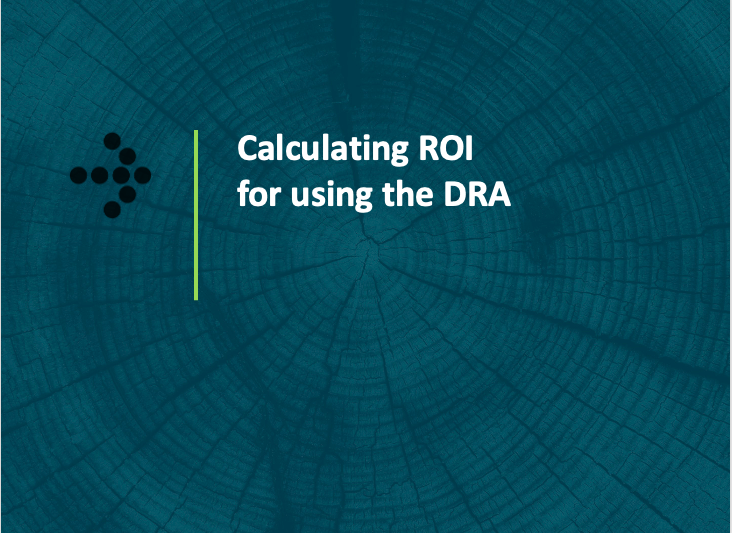Calculating ROI for using the DRA

In our previous article on the topic of workplace deviance among entry-level workers, we concluded that there is a substantial difference in the total risk score between deviant and non-deviant employees.
Whilst these results are interesting indeed, we wanted to calculate the return on investment for clients who make use of these sorts of tools as part of their selection process. To do this, we made use of the Brogden-Cronbach-Gleser Utility formula (Cronbach & Glaser, 1965) to calculate the ROI that can be expected when using the DRA as part of a recruitment strategy at this level. This formula uses basic regression-modelling principles to express the effectiveness of a selection strategy in an organisation in financial terms.
Performance metrics are used to give an estimation of the value generated by the average employee in the sample over the course of a month. We added terms to the formula to represent the ROI of the entire cohort selected over the course of a year. We then subtracted estimates of value loss due to deviance.
The following sets of assumptions were made when making value estimates:
- Employee Value is equal to: 2 x pickrate x 160 R2 per item picked over 1 month, i.e. 160 hrs
- Error Penalty is equal to: errors per month x R5000 R5000 per error made including costs of returns, repacking, QA costs, etc.
- Excessive Toilet Breaks Penalty is equal to: toilet breaks longer than 15 minutes x R200 R200 in lost productivity per overly long toilet break
- Discipline Penalty is equal to: disciplinary incidents x average severity x R1000 R1000 per level of severity
We used these assumptions to project the value our client would be saving with a typical recruitment drive, in which they assess around 213 candidates for 64 positions. We calculated ROI for the low risk and high-risk groups, as well as for the overall sample (as defined in our previous article). These ROIs were estimated at R2 094 000, R1 598 000, and R1 860 000 respectively.
Annual value added to this company using the DRA could be calculated as the difference in ROI between the high-risk group and the whole sample – which is the direct result of the company in question’s selection strategy.
Therefore, we can say that using the DRA would have added approximately R234 000 per annum in total ROI. However, this is likely a gross underestimate. Many of our clients seek our help with their recruitment process because their current process is working poorly. In these cases, the difference between low-risk and high-risk employees would be a more appropriate estimate of the actual value generated, as the DRA aims to limit the selection of high-risk employees while promoting the selection of low-risk employees.
Using this calculation, we would estimate the total value added per annum as R496 000.
This gives a range of around R200 000 to R500 000 depending on the effectiveness of the company’s previous recruitment strategy.
However, the sparsity of data on employee errors is immediately obvious when looking at the prevalence of errors in the ‘model’, ‘average’, and ‘deviant’ employees. We were therefore interested in seeing what happened to the ROIs and value add estimates if the incidents of recorded offences increased by 25%. We found that with this small increase in error penalty, the ROI rose to R546 000.
Summary
Clearly, using a well-researched, robust tool such as the DRA during any recruitment process adds significant value even when considering small samples
While many companies feel that it may not be necessary to invest in a proper recruitment process at entry levels where candidates have low levels of education and earn lower salaries, and where there appears to be a surplus in demand, our research suggests that the potential upside is immense. The converse is also true – letting employees with high trait-based risk into the organisation may have many direct and indirect costs, especially when large amounts of employees are recruited and selected.
Finally, keeping in mind the massive differences between model and deviant employees, we expect that employees recruited using the DRA assessment will continue to produce compounding returns over the course of their tenure.
It is clear that the costs of risk-based recruitment strategies are outweighed many times over by their benefits, and we would argue that there is absolutely no reason for any company to choose not to institute such solutions – the data speaks for itself!